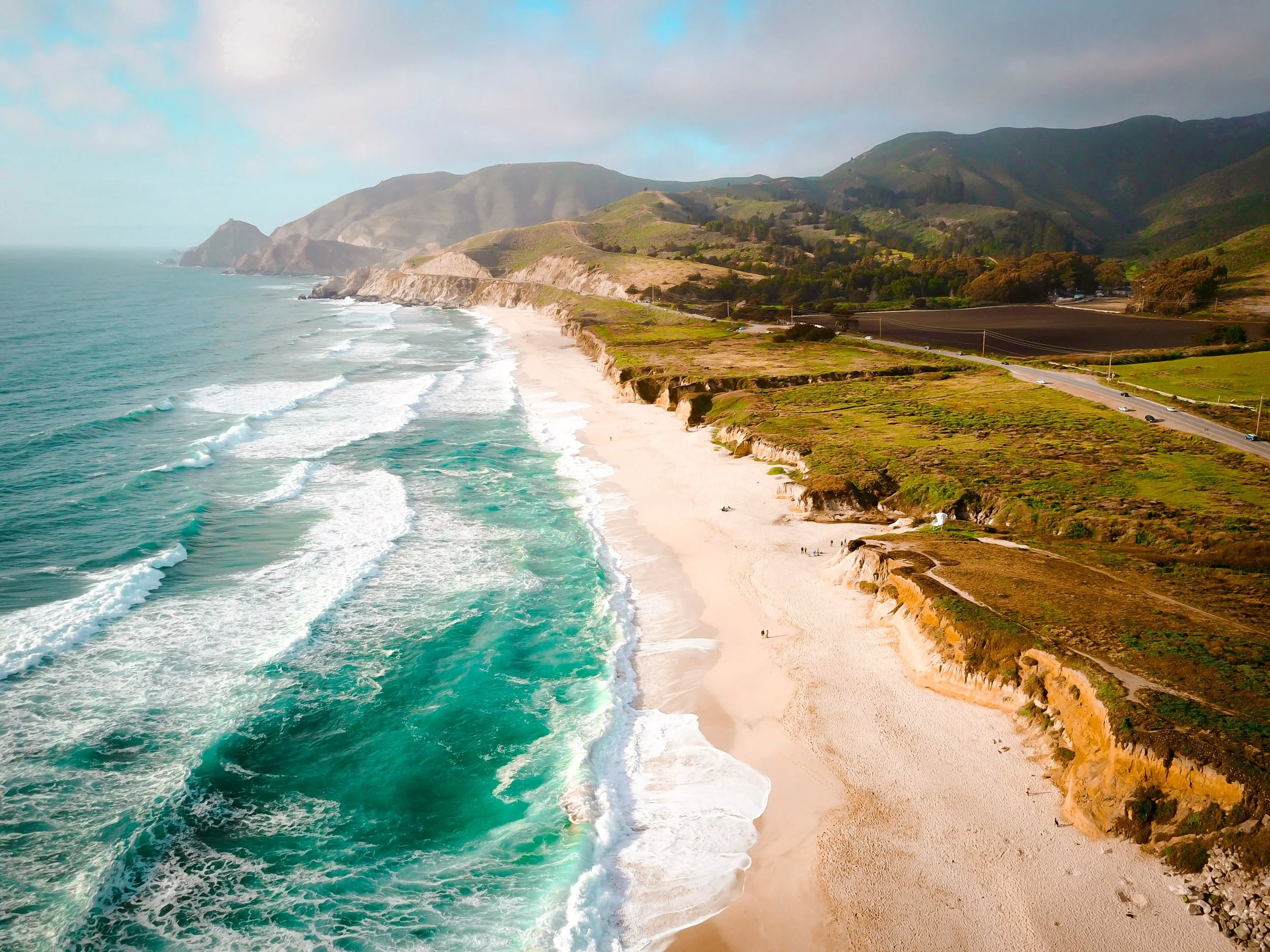Key Updates To The California CGP
/The construction industry is no stranger to evolving regulations aimed at protecting the environment. If you're involved in construction in California, you're likely familiar with the California Construction General Permit (CGP). The permit was first adopted in 2009 to address stormwater runoff, safeguard water quality, and prevent pollution associated with construction activities. A new Construction General Permit went into effect on September 1, 2023.
Who Needs a Construction General Permit?
The California State Water Resources Control Board is responsible for overseeing stormwater discharges from construction sites. Projects falling under the purview of this permit include: land clearing, grading, and ground disturbances like stockpiling and excavation. It's important to note that routine maintenance activities carried out to restore the original condition, alignment, or capacity of a facility are not covered by this permit.
However, for dischargers whose projects involve disturbing one acre or more of soil or who are part of a larger common development plan that, collectively, disturbs one or more acres, compliance requires obtaining coverage under the Construction General Permit.
Do I need to work with a QSD and QSP?
A Qualified SWPPP Developer (QSD) works with you to develop a SWPPP that meets all of the requirements of the California Construction General Permit. The California State Water Board administers the certification to become a QSD. A certified and experienced QSD can help you develop a comprehensive, site-specific SWPPP that will protect your site. QSDs help ensure the SWPPP meets local and federal compliance regarding environmental impact.
While the QSD is in charge of the creation and development of the SWPPP, the Qualified SWPPP Practitioner (QSP) oversees the implementation of the SWPPP. The QSD can offer QSP services, but a QSP might not have the necessary training needed to provide the full scope of services that a QSD can.
Working with a certified QSD/QSP to navigate stormwater pollution compliance will help ensure that your construction project meets the latest CGP requirements.
10 Key Updates to the CGP
Staying up-to-date with CGP requirements is essential for any construction project, and as the regulations evolve, it's important to understand these changes. The new CGP, which came into effect in September 2023, introduces several critical updates and changes you should be aware of. Here are some of the key modifications:
Permit Expiration
Permits issued under the 2009 CGP will expire on August 31, 2025.
New Notice of Intent (NOI) applications must be submitted for unfinished construction sites extending beyond that date.
Total Maximum Daily Load (TMDL) Implementation
New rules define maximum pollutant loads and require compliance with waste load allocations, including provisions for sediment-bound pollutants.
Consistent approach for Responsible Dischargers to meet TMDL requirements, with options for BMPs and conditions for exceeding numeric action levels.
Addition of NELs
New Numeric Effluent Limit limitations for receiving waters with Total Maximum Daily Load (TMDL) related action levels.
Removal of Rain Event Action Plan
Replaced the Rain Event Action Plan (REAP) with action-based requirements and increased QSD and QSP involvement.
Removal of Bioassessment
Eliminates bioassessment, replacing it with SWAMP monitoring for high-risk construction projects, with the potential for future bioassessment inclusion.
QSP Delegate Training
QSPs may now train a responsible delegate who can complete routine inspections, implement BMPs, and collect samples.
QSPs are still required to be onsite for specific inspections.
Notice of Termination
Updates termination requirements for expedited approval, reducing financial burdens.
Onsite Requirements
Sites must have an on-site rain gauge, and the Waste Discharge Identification (WDID) number must be posted.
Enhanced Sampling and Monitoring
Strengthens requirements for QSDs and QSPs, with specific sampling guidelines during precipitation events.
Passive Treatment and Active Treatment
Specific requirements for passive and active treatment systems are detailed, with allowances for bypass under certain conditions.
What services can a QSD and QSP help you with?
The updated CGP brings changes to the construction industry and navigating these changes can be difficult. By partnering with experienced stormwater compliance professionals you can ensure that your construction projects not only comply with these regulations and achieve CGP compliance but also contribute to the protection of your local waterbodies.
KERAMIDA’s expert team of California Construction General Permit QSPs and QSDs are well-versed in environmental regulations and specialize in:
Environmental Consulting: Our QSDs and QSPs can provide insights into CGP applicability and help you create a comprehensive stormwater pollution prevention plan (SWPPP).
Training: We offer training programs to ensure your team is prepared to implement the necessary Best Management Practices (BMPs) and monitoring protocols.
Regulatory Compliance Services: Our QSDs and QSPs can assist you with permit applications, monitoring, and reporting, ensuring you meet the CGP requirements.
Stormwater Management Solutions: We provide solutions for managing stormwater runoff efficiently and effectively to protect the environment.
At KERAMIDA, we are here to help you navigate the updated CGP with ease and ensure your construction projects meet the latest CGP requirements, with Qualified Stormwater Developer (QSD) and Qualified Stormwater Practitioner (QSP) services. Call (800) 508-8034 or contact us today to learn more about how our stormwater experts can assist you in achieving environmental responsibility and regulatory compliance in your construction projects.
Author
Andrew Guglielmo, MS, QSP, QSD
Senior Project Manager, EHS Compliance
KERAMIDA Inc.
Contact Andrew at aguglielmo@keramida.com
Related Services
KERAMIDA's Sacramento and L.A. offices provide Sustainability, Environmental, Health and Safety services tailored to meet the needs of California business and industry. Our Qualified Industrial Storm Water Practitioners (QISPs) assist with stormwater compliance, industrial stormwater permitting, SWPPPs, and more.










